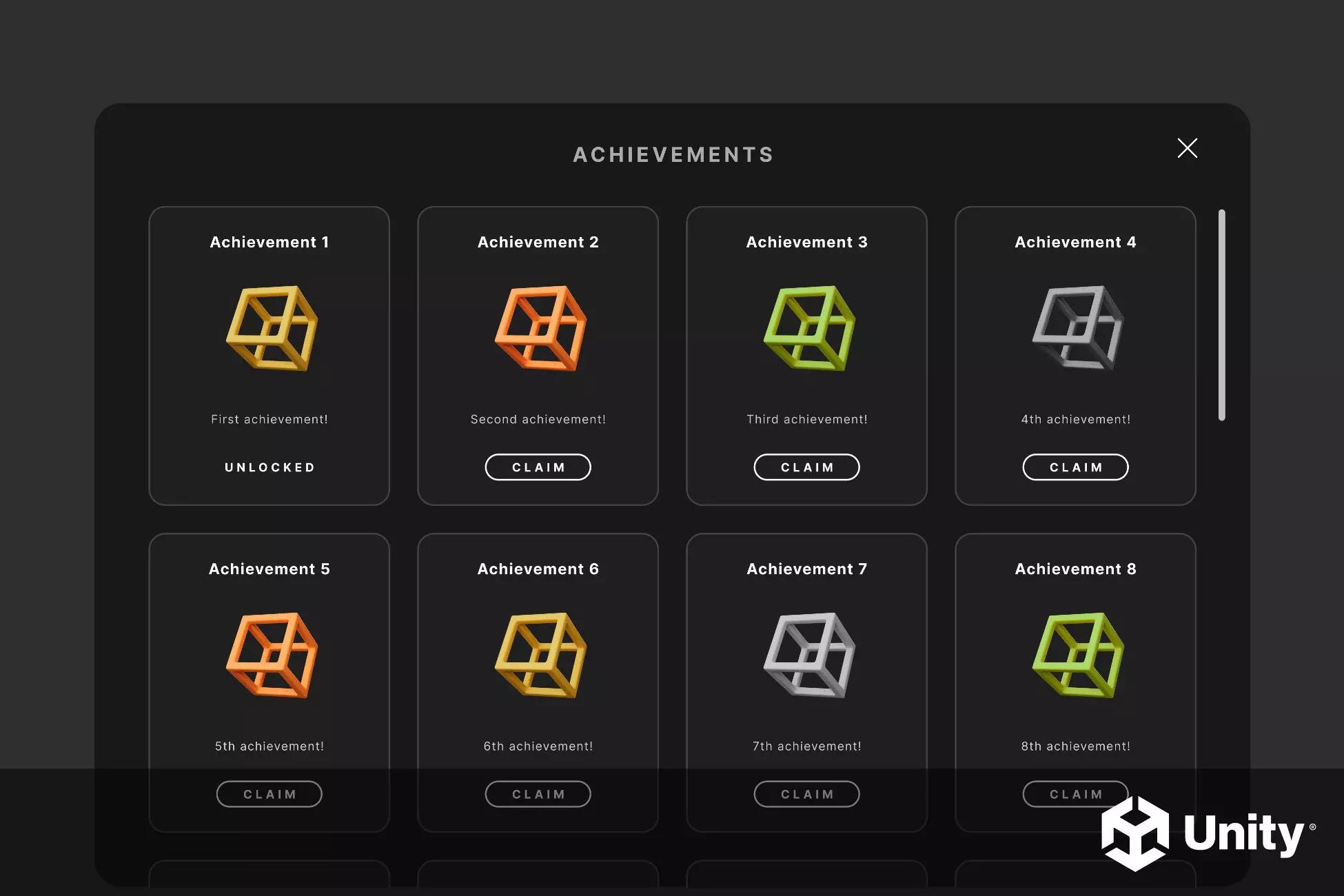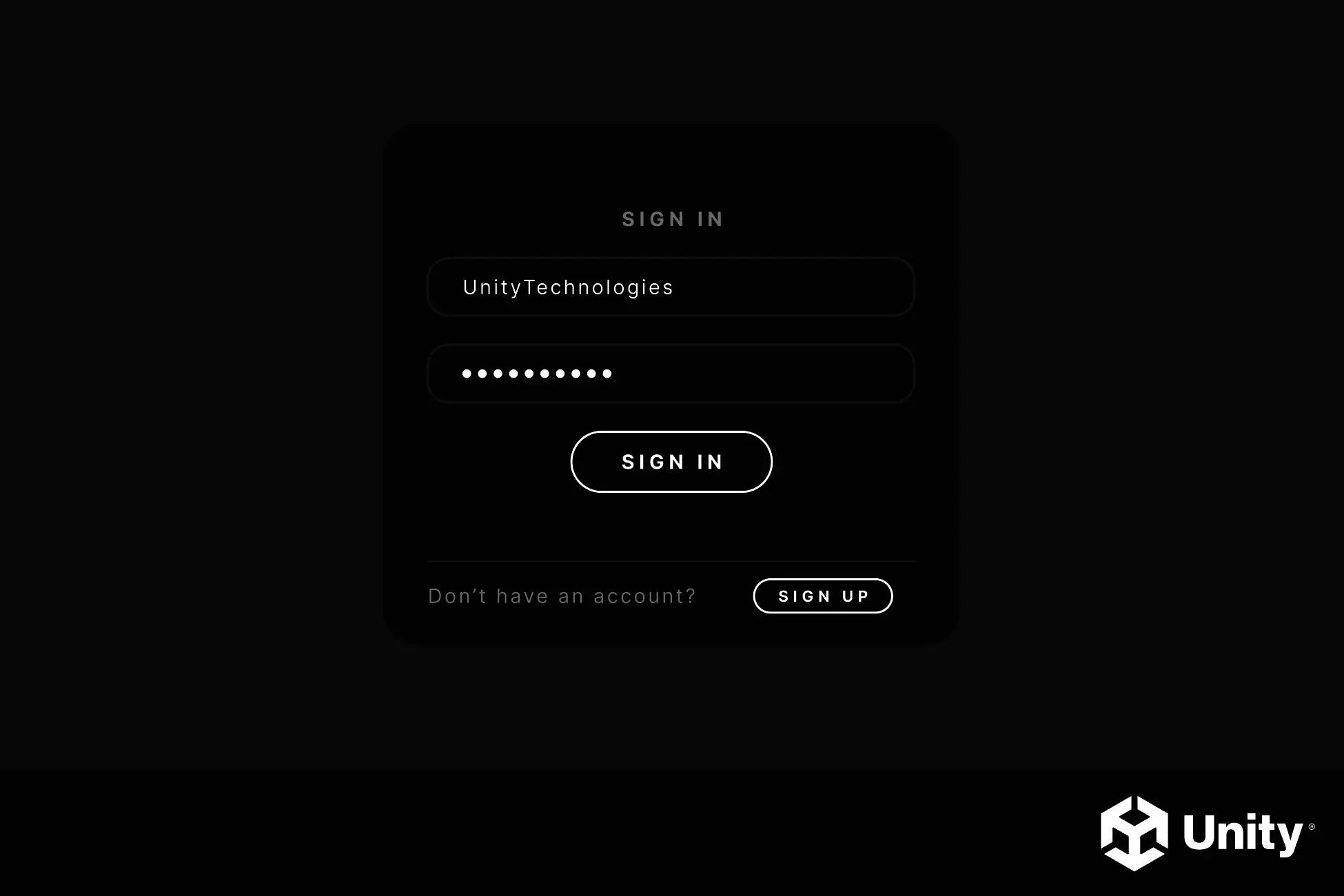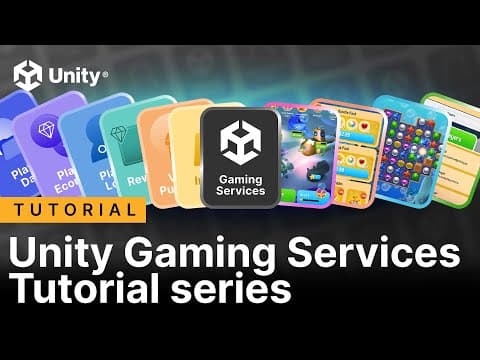



Diseña la infraestructura de economía dentro del juego y añade compras dentro de la aplicación.
Construye la jugabilidad y la base de tu juego con una pila tecnológica de operaciones en vivo que soporte tus características principales.
Realiza experimentos basados en datos para obtener información sobre tu juego y jugadores, para que puedas tomar decisiones de desarrollo más informadas.
Mantén a los jugadores enganchados con actualizaciones regulares y nuevo contenido que mejora la experiencia de juego.

Consulta nuestro nuevo tutorial escrito o serie de videos para aprender a integrar las características clave de Unity Live Services en tu juego o proyecto móvil, incluyendo los pasos requeridos para integrar SDKs de terceros.

En este artículo, nos enfocamos en mostrar los beneficios del proceso de análisis y cómo puedes definir tus KPIs para asegurar el éxito continuo de tu juego.

Descubre cómo entender la progresión del jugador a través de tu juego puede ayudar a refinar las estrategias de monetización y mejorar la experiencia del jugador.

Descubre cómo Second Dinner utiliza el Editor de Unity y Unity Gaming Services (UGS) para entregar siempre actualizaciones atractivas para el Mejor Juego Móvil de 2022.

Al realizar un seguimiento de eventos de manera adecuada, tú y tu equipo pueden asegurarse de que los puntos problemáticos se estén monitoreando de cerca.
